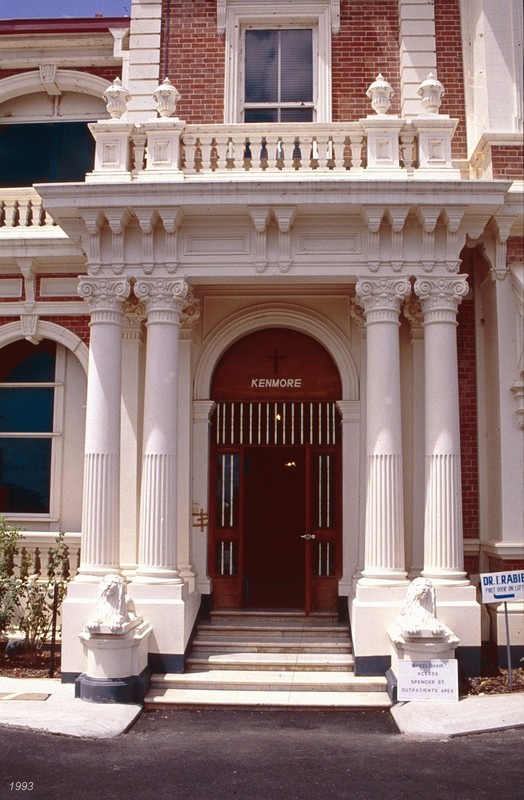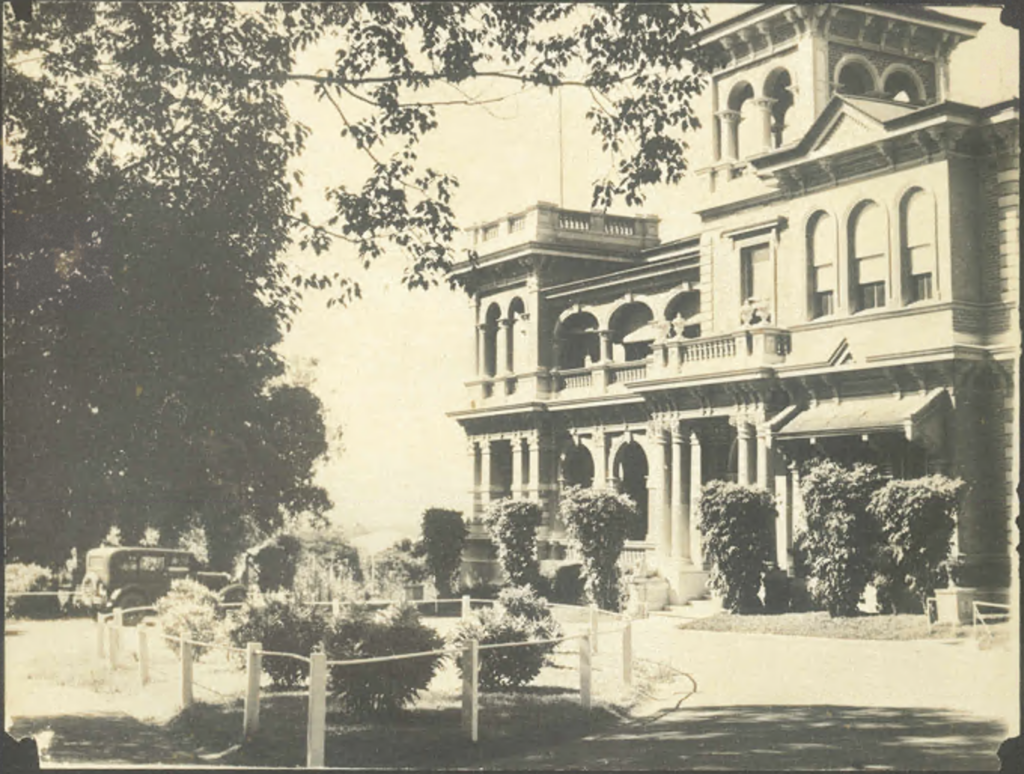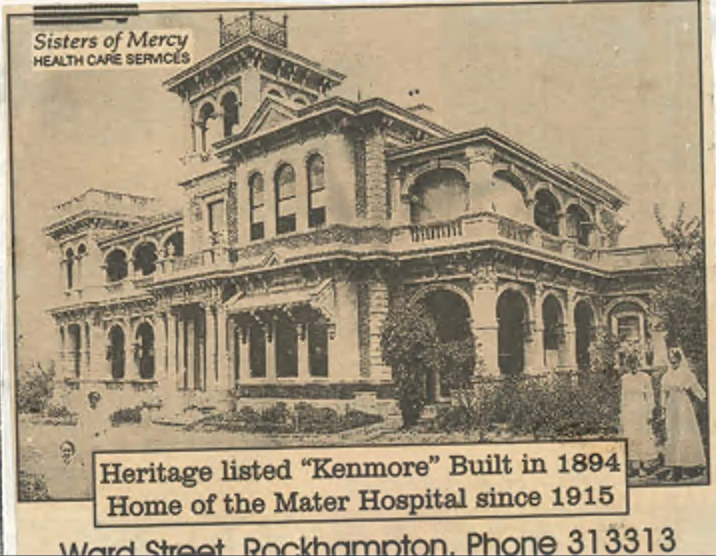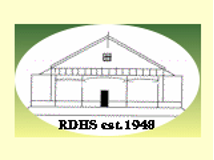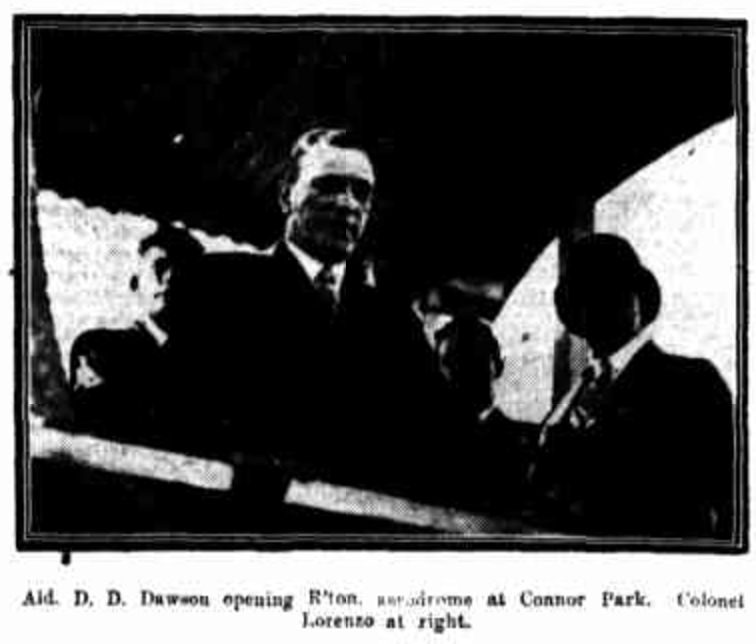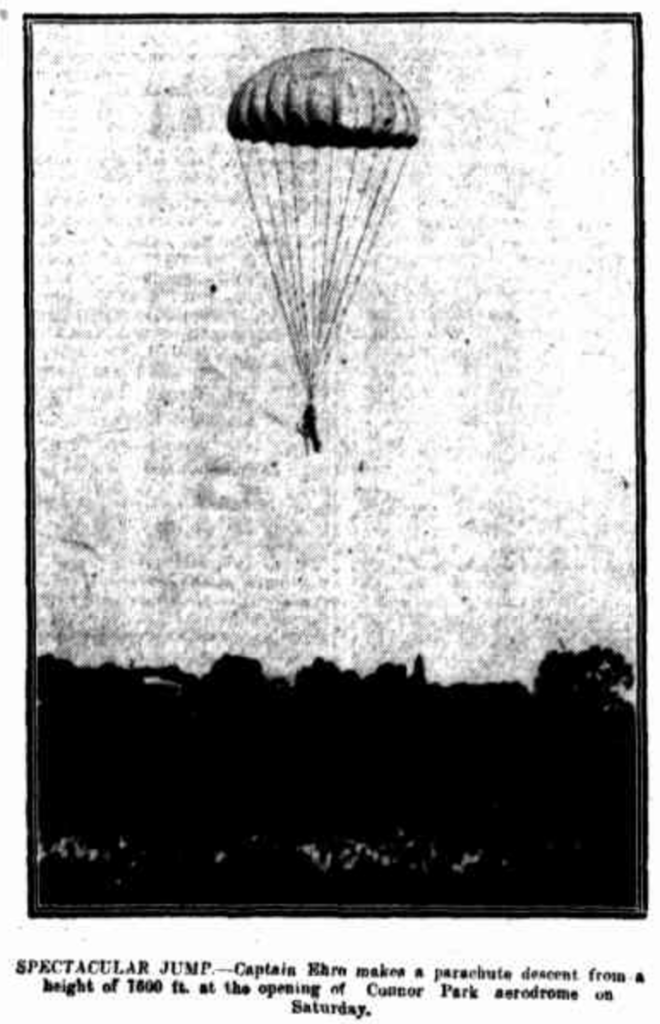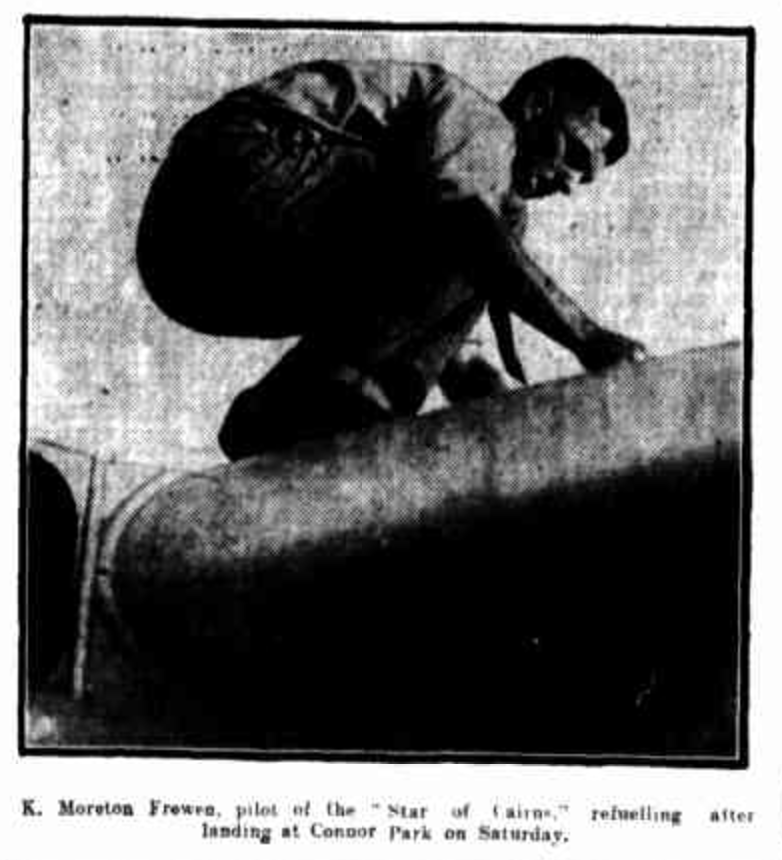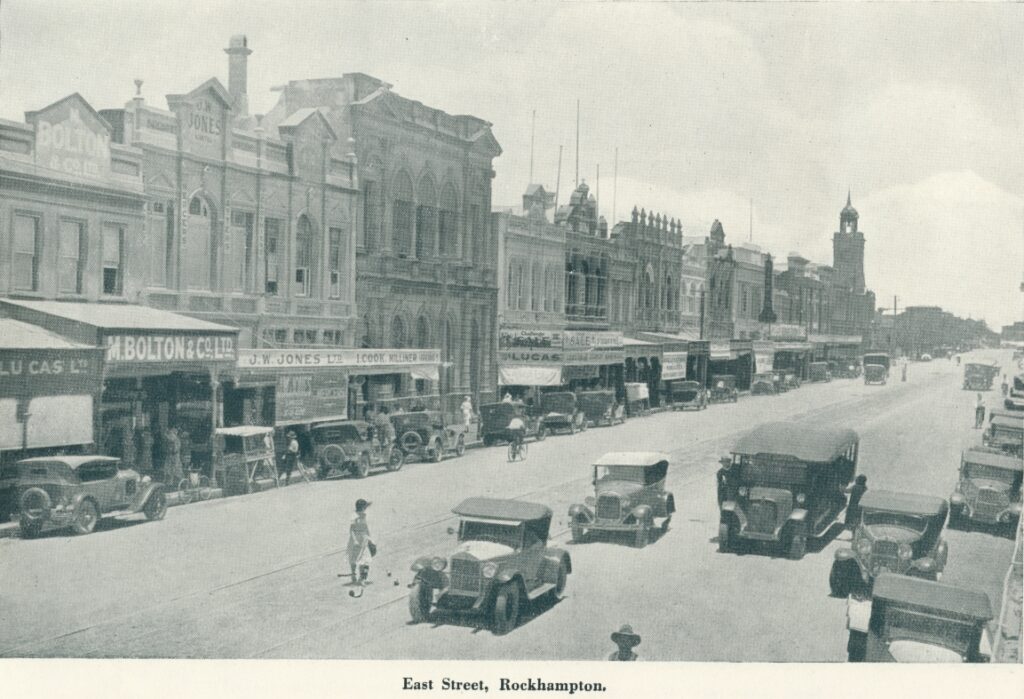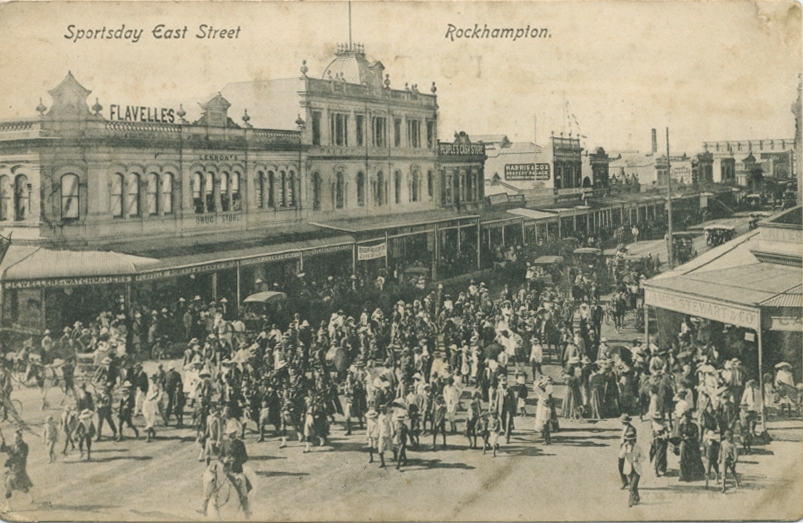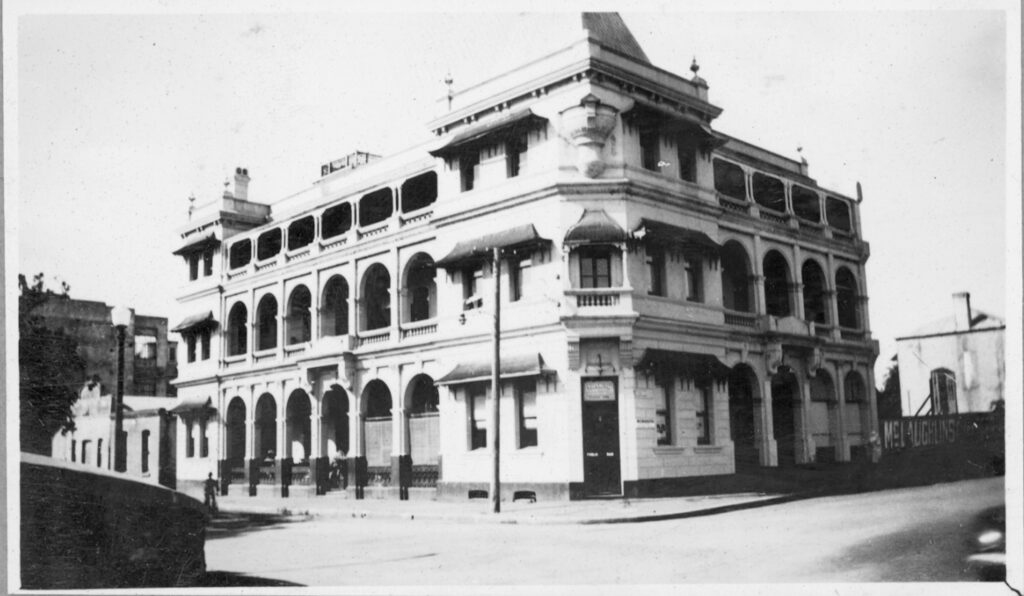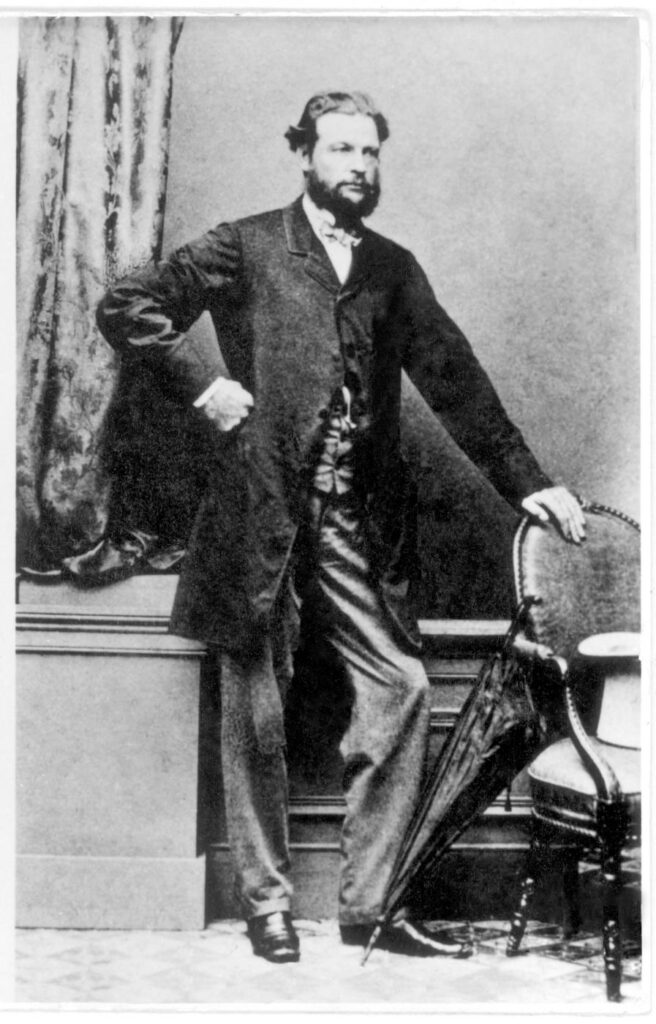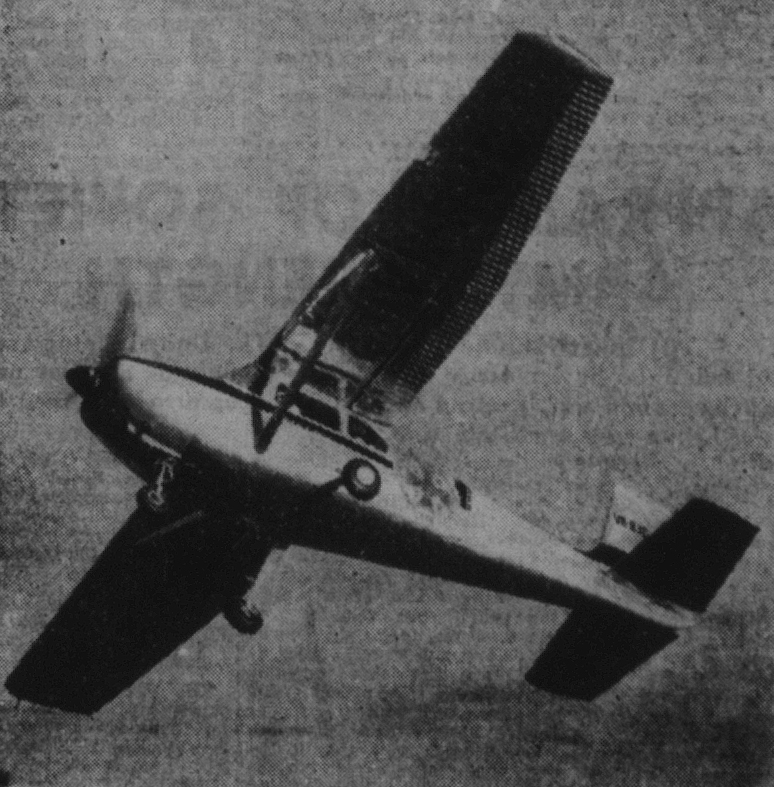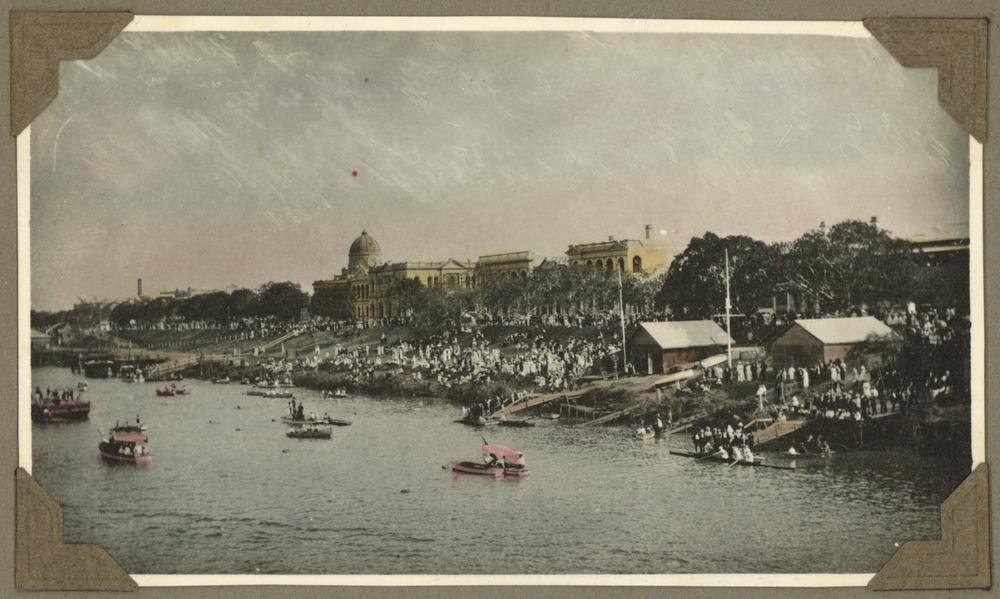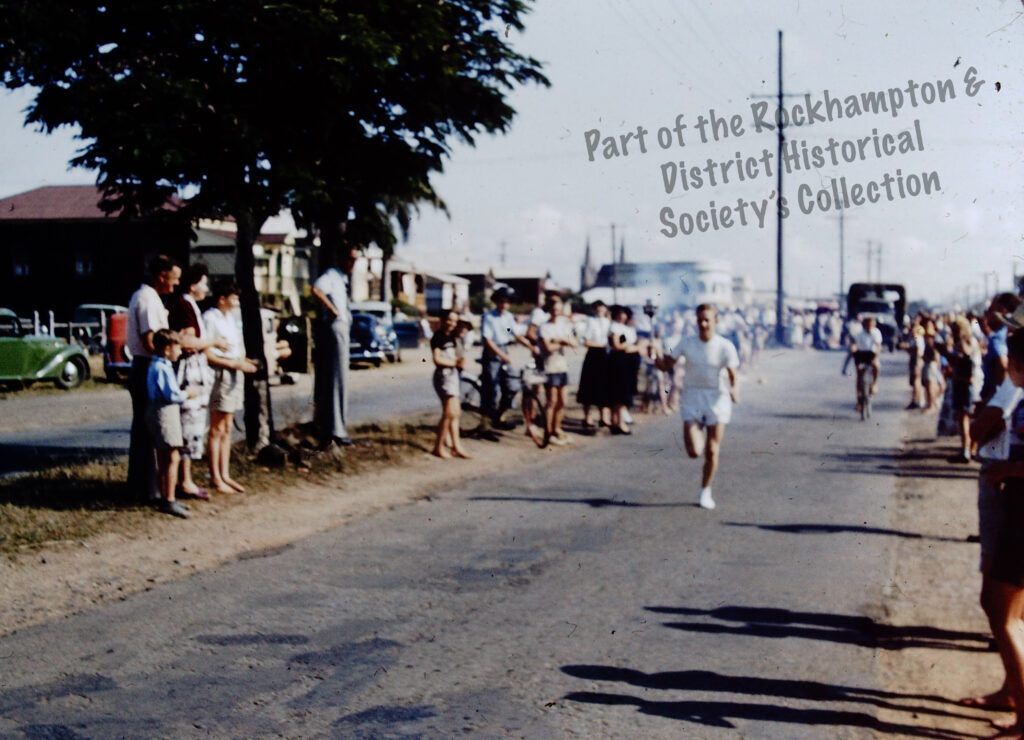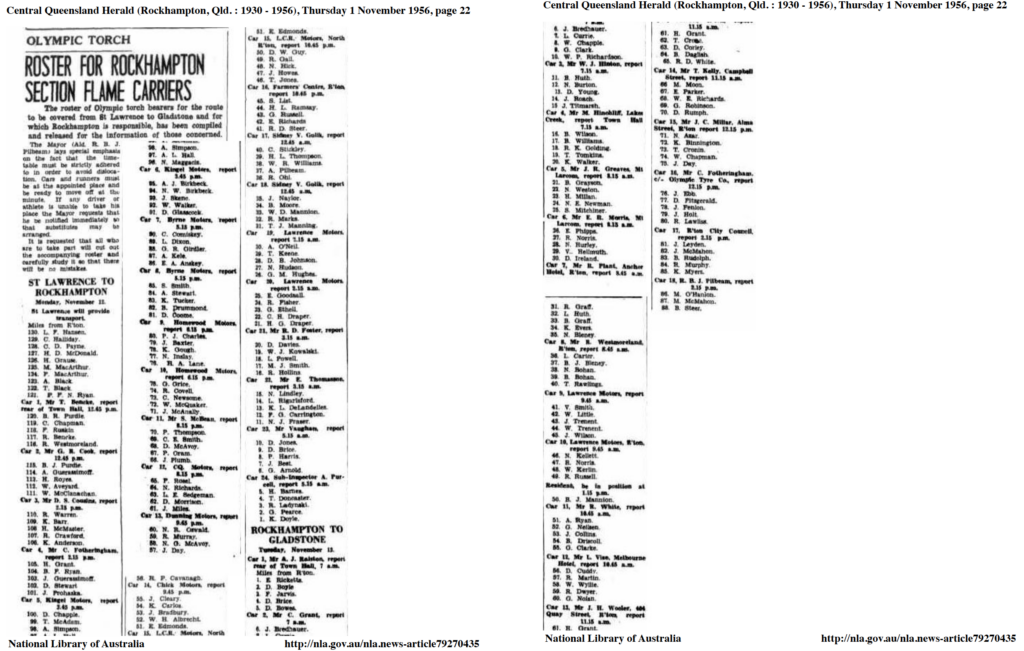Kenmore House was originally built as the residence of John Ferguson, perched on the Athelstane Range (The Range) overlooking Rockhampton. Construction began in 1894, with the design attributed to Rockhampton architect James Flint.
Local tradition suggests the home was intended as a future government house for a proposed new state. Known locally as “The Mansion,” Kenmore was surrounded by 10 acres of beautifully landscaped gardens featuring rose trellises, Norfolk pines, mango trees, and hedges. Inside, its grandeur included a marble-tiled ballroom and a grand reception hall, solidifying its reputation as one of Queensland’s finest homes. Initially called Pinehurst, it was renamed Kenmore by 1896 in honour of Ferguson’s Scottish birthplace.
After Ferguson’s passing in 1906, the property was sold to Stuart McDonald. The McDonald family lived there until 1915, when the Sisters of Mercy purchased it for £4,500. They transformed Kenmore into the Mater Misericordiae Hospital, which officially opened on 14 November 1915.
Today, Kenmore House remains an integral part of the Mater hospital’s daily operations, continuing its legacy as a significant part of Rockhampton’s history.

